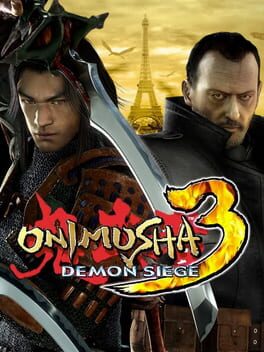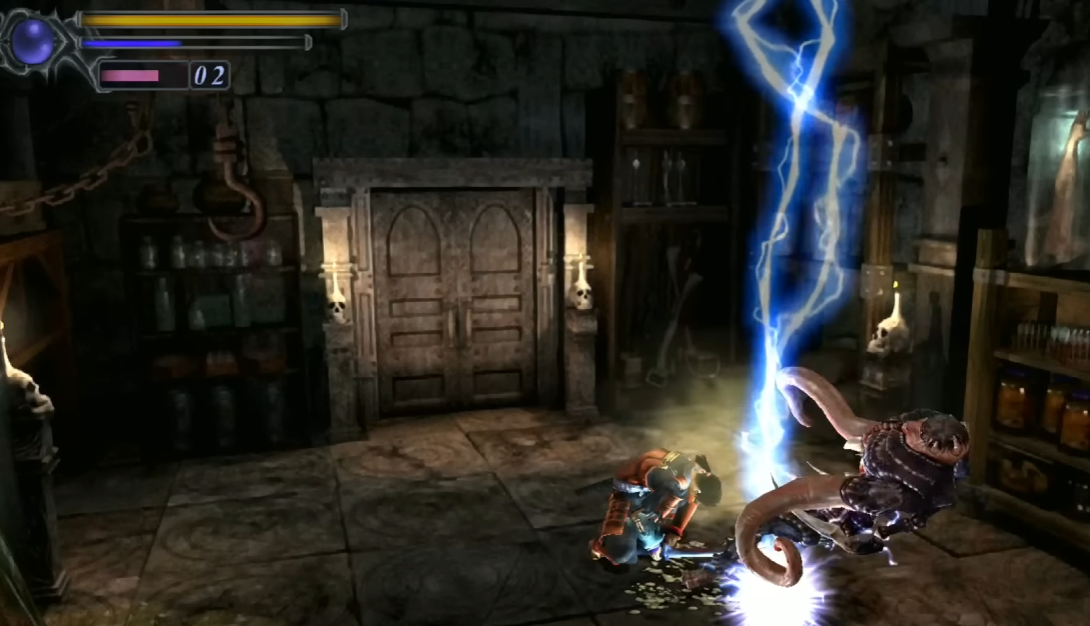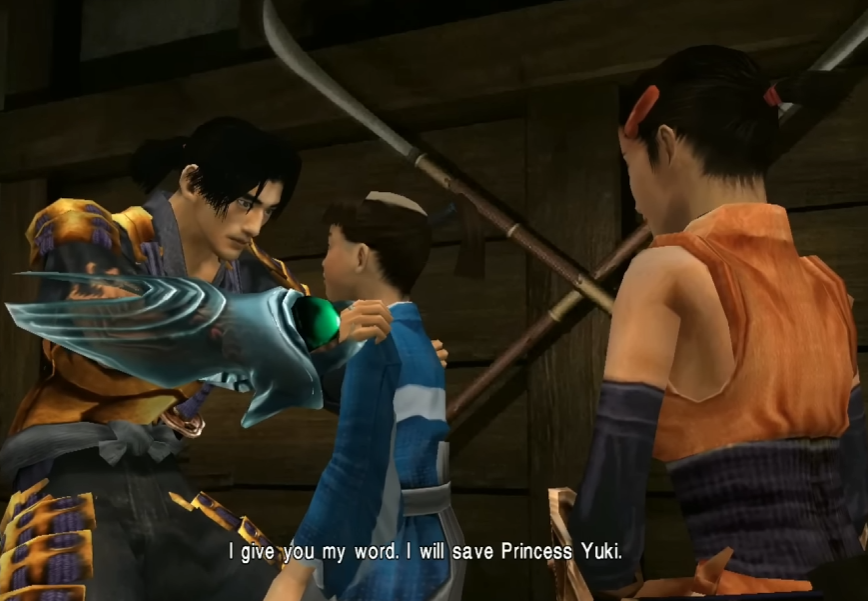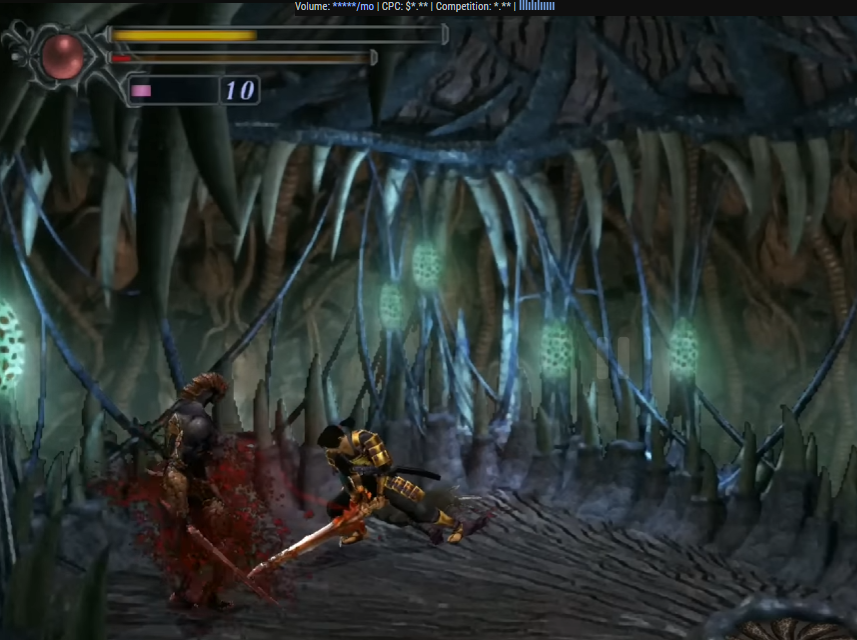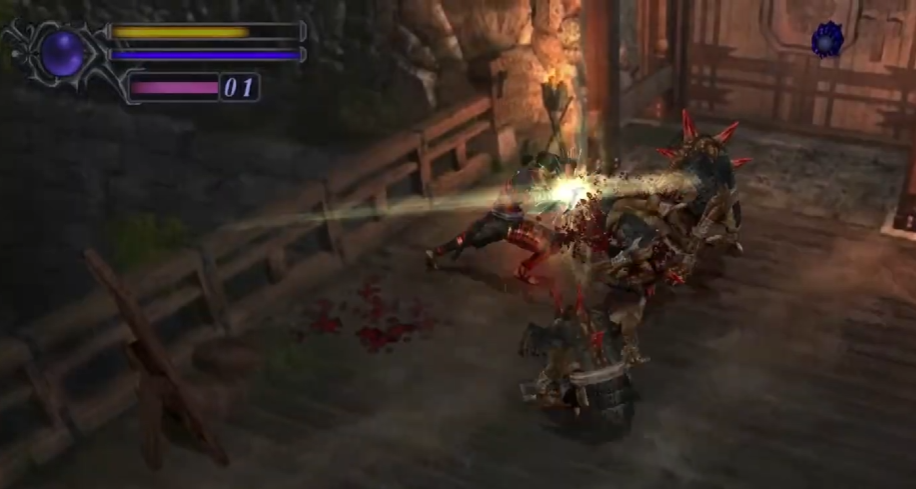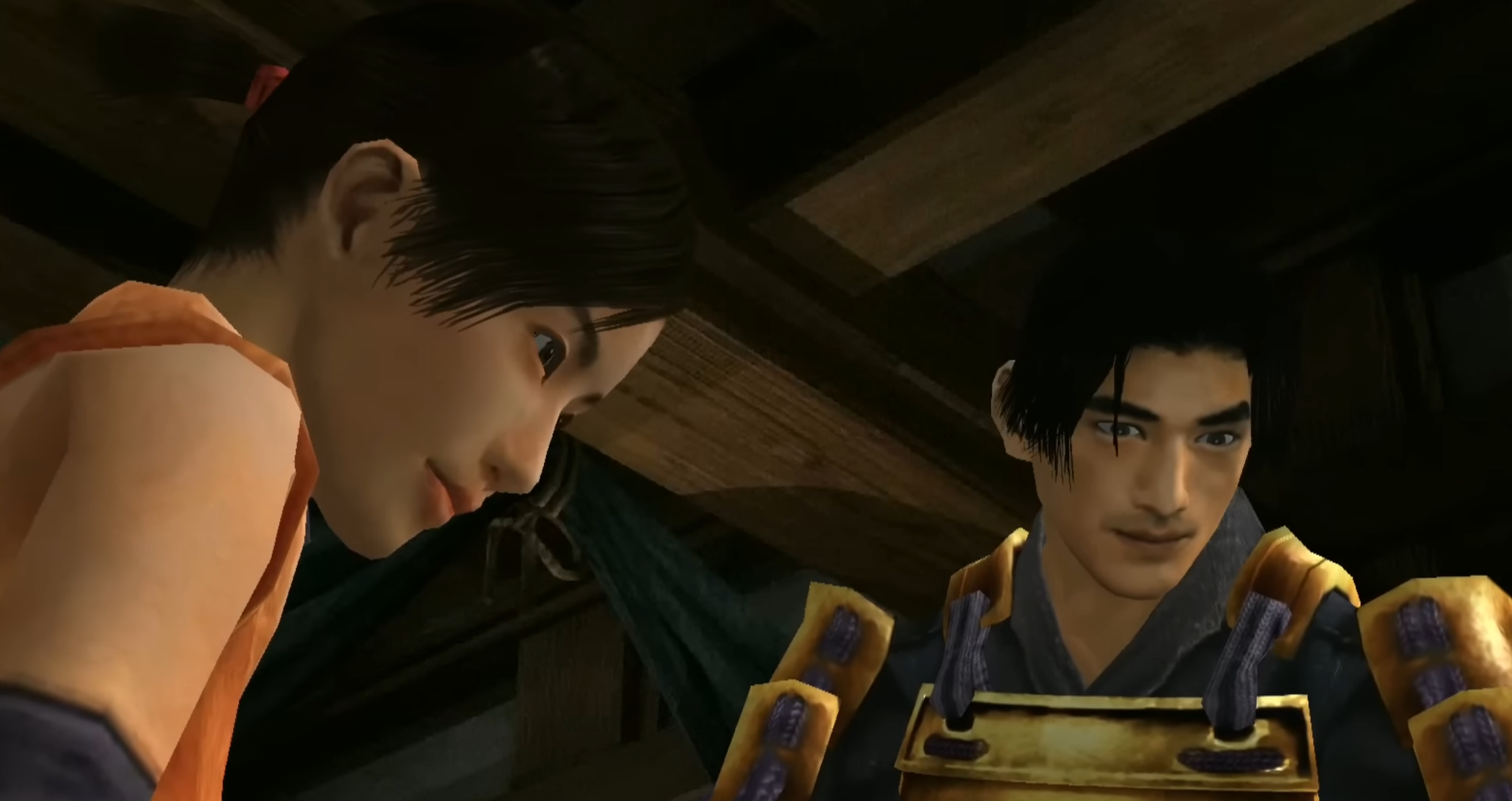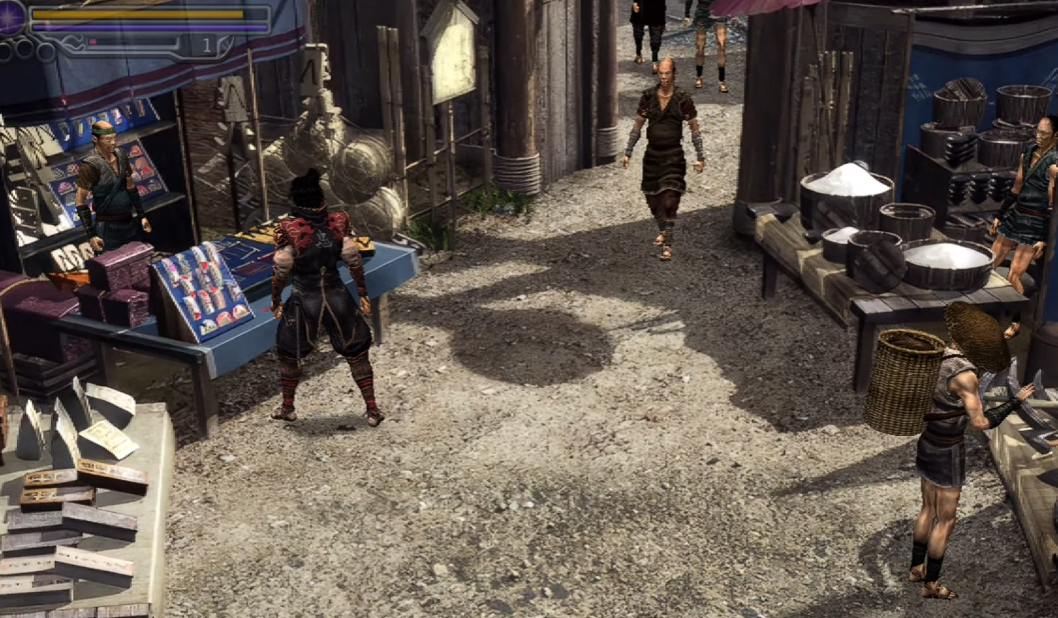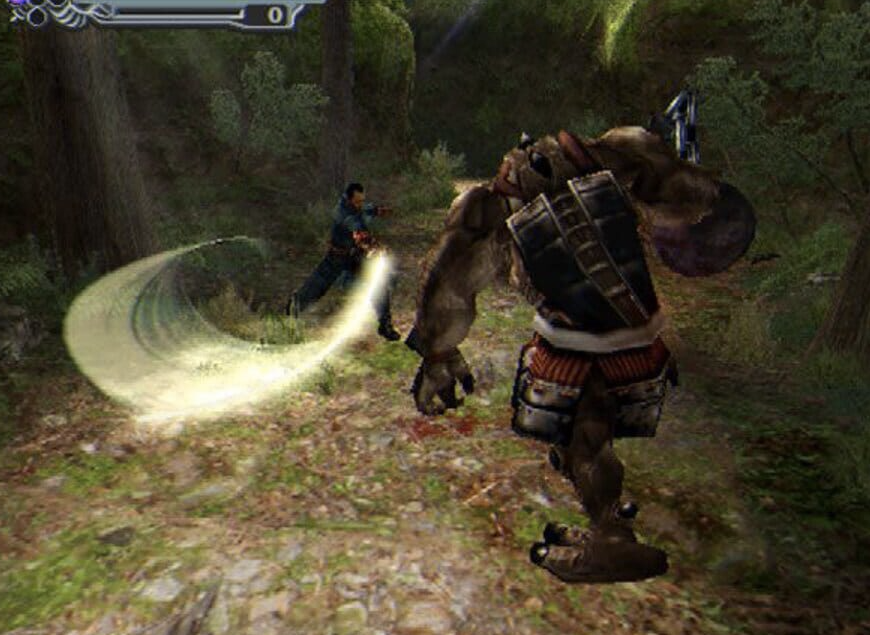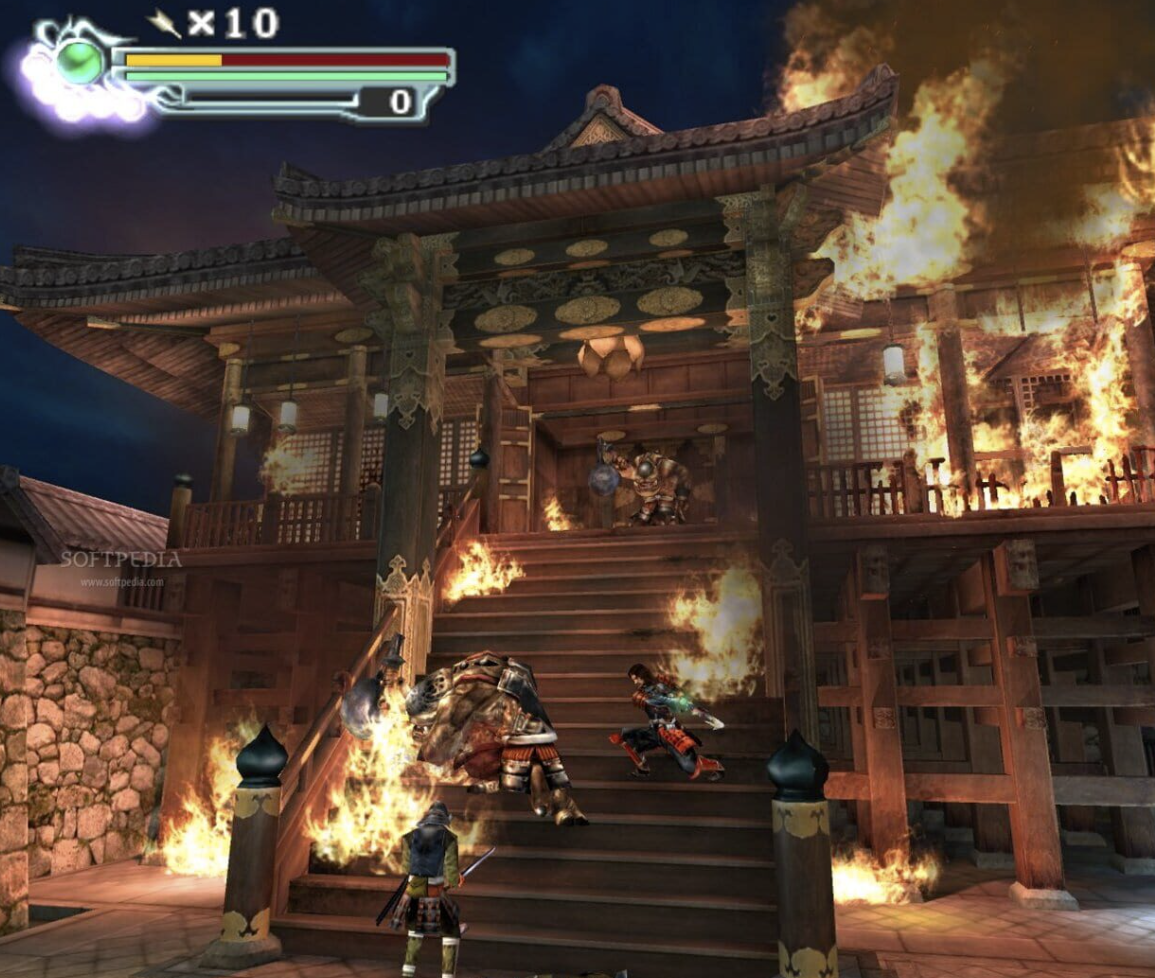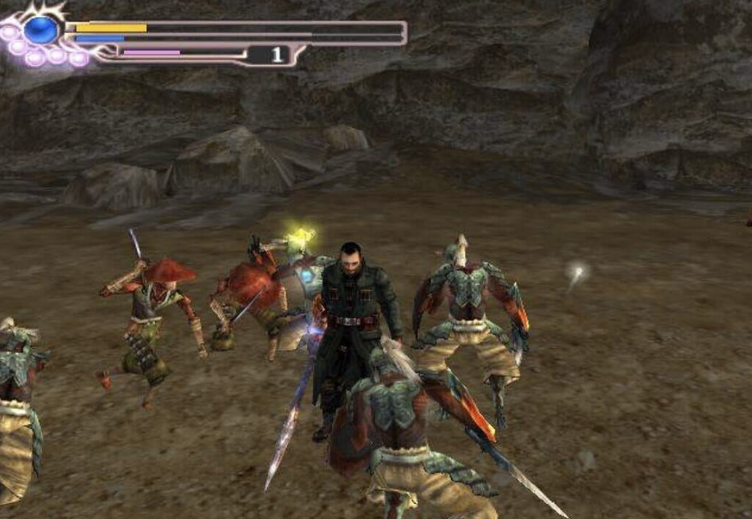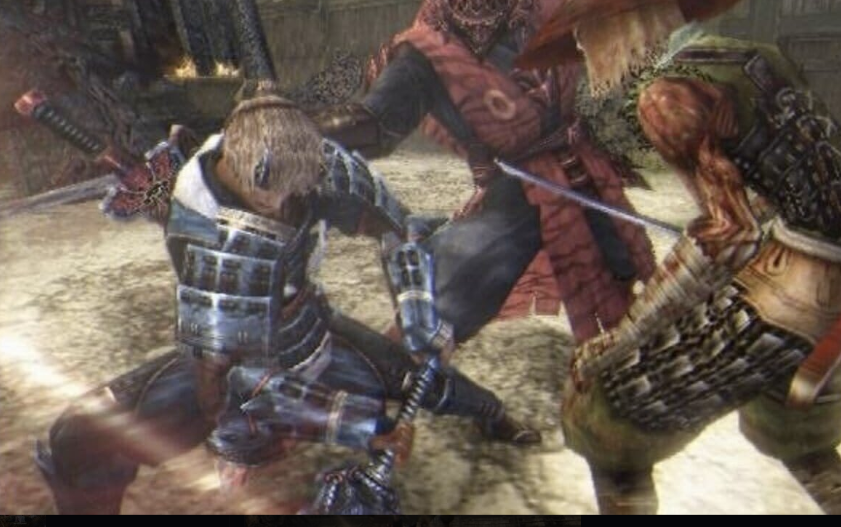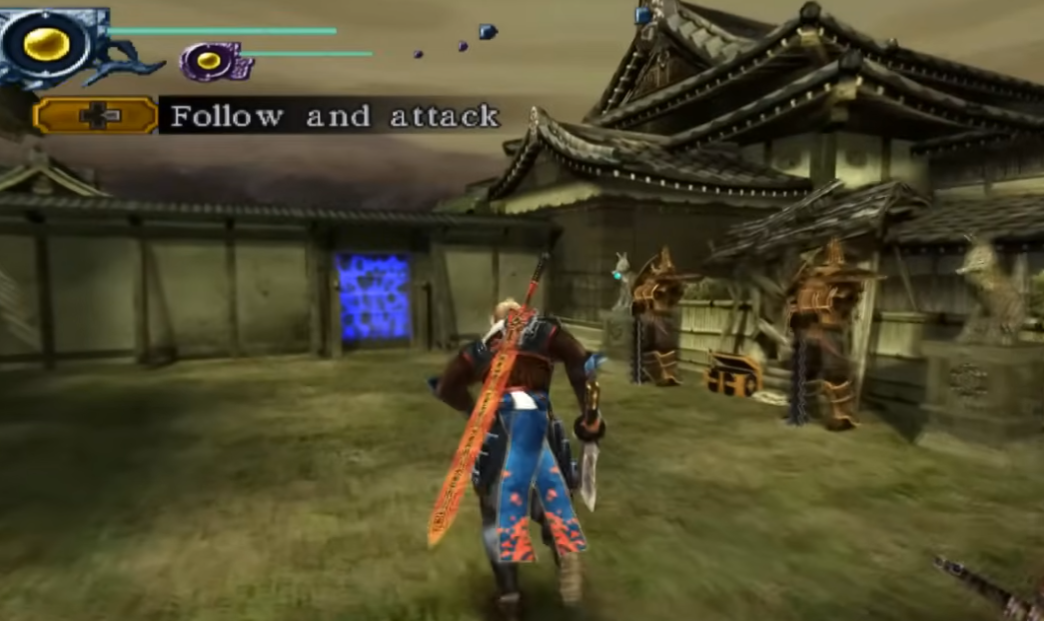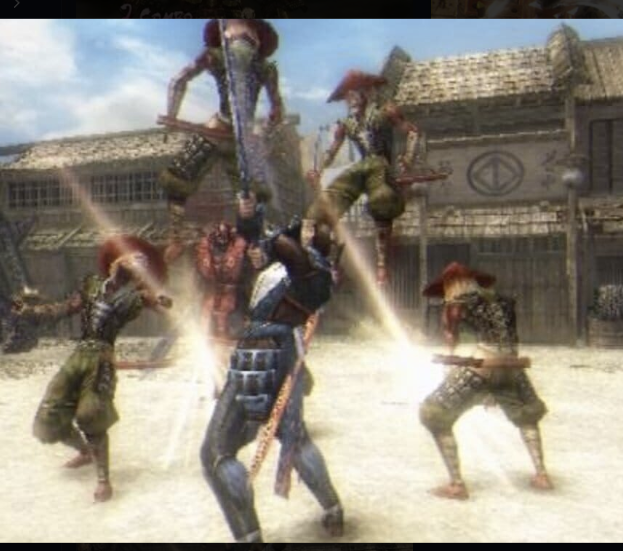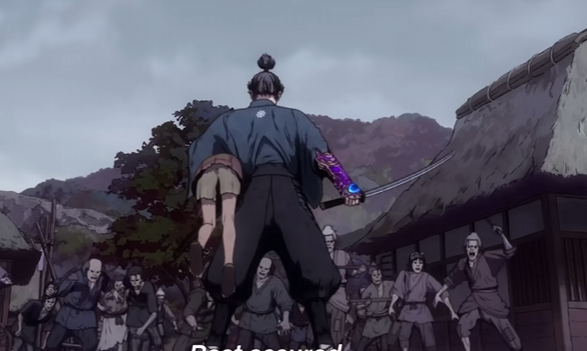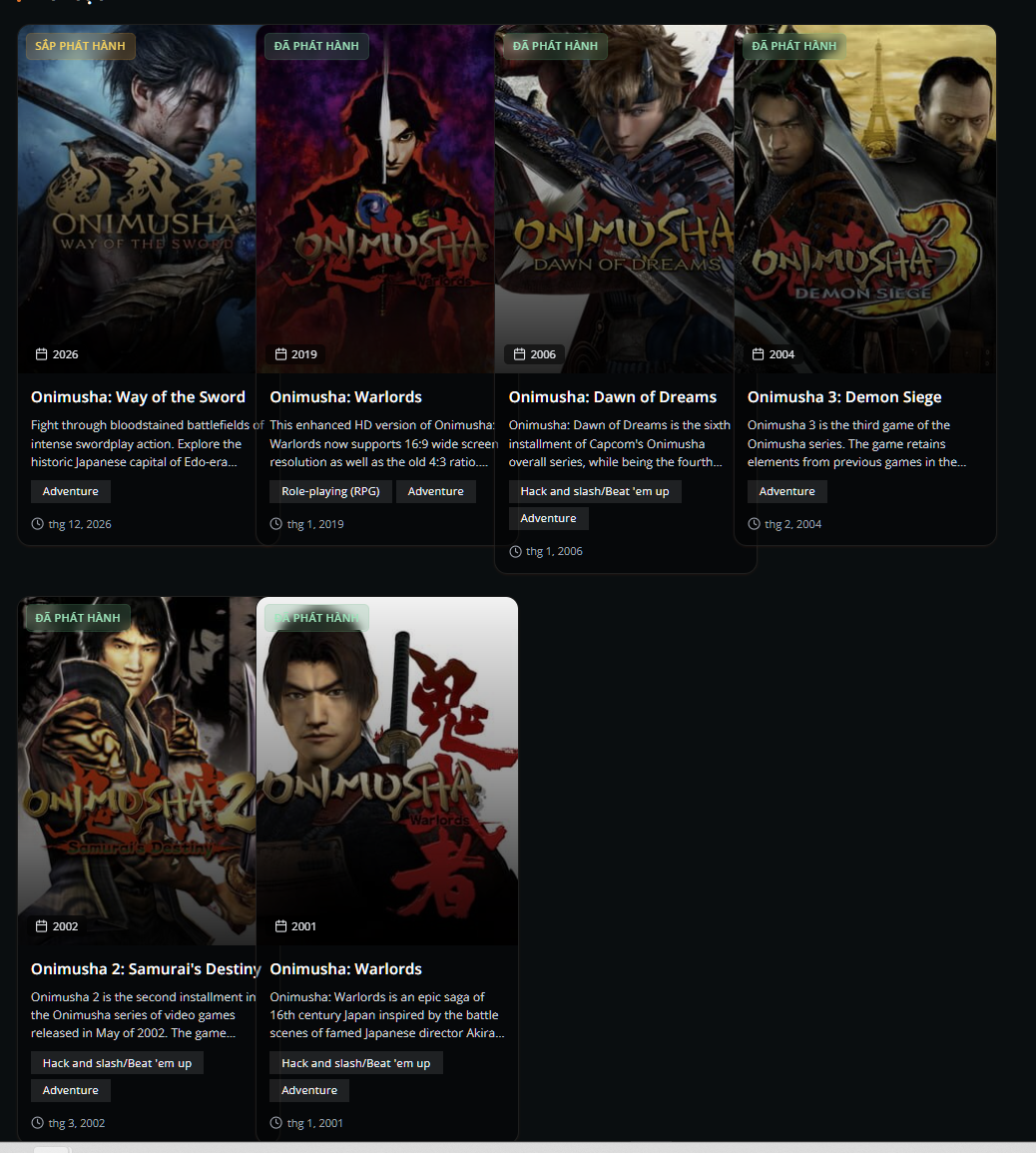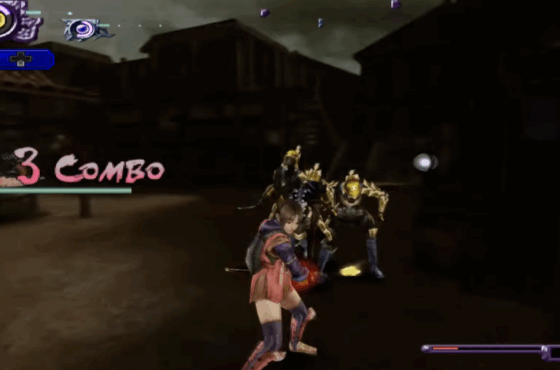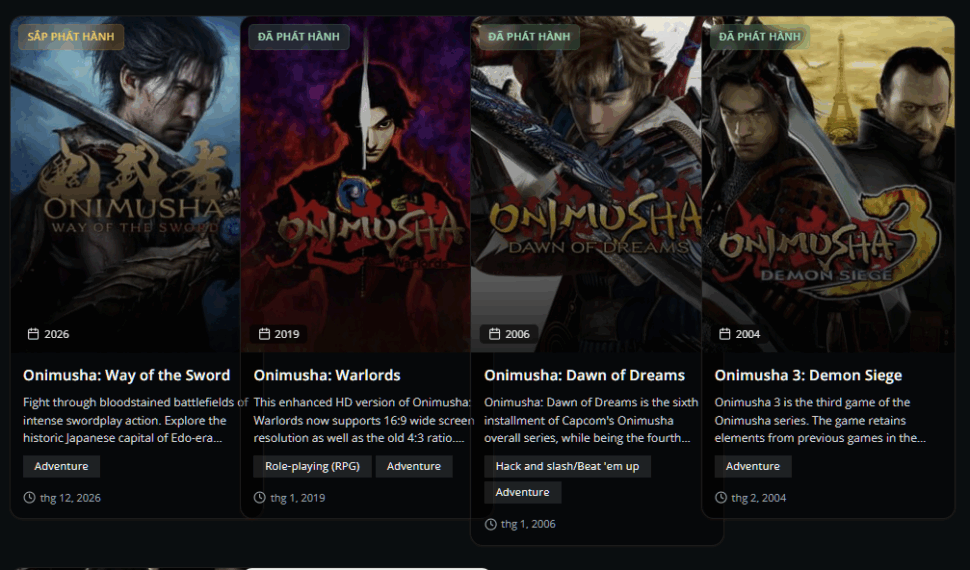
Few franchises embody the fusion of samurai honor, supernatural horror, and cinematic storytelling like Onimusha. What began as Capcom’s bold experiment on the PlayStation 2 became one of the defining action series of the early 2000s — bridging the gap between Resident Evil’s atmospheric tension and Devil May Cry’s stylish combat.
Now, with Onimusha: Way of the Sword set to reignite the series in 2026, it’s the perfect time to look back at how the franchise evolved — from Warlords’ claustrophobic castle corridors to the mythic promise of a new generation.
Onimusha: Warlords (2001) – The Birth of the Oni
The Raizan is still one of the coolest weapon ever since it’s introduction in Onimusha: Warlords
The saga began in 2001 with Onimusha: Warlords, introducing Samanosuke Akechi, a wandering samurai who wields the legendary Oni Gauntlet to battle demonic forces threatening feudal Japan.
Developed originally as a “samurai survival horror” project, Warlords blended fixed-camera exploration, puzzle-solving, and intense melee combat. It was the first PlayStation 2 game to sell over two million copies — a remarkable achievement that solidified Capcom’s new subgenre: action horror with a historical twist.
Genre Hybrid: Action-Adventure Meets Survival Horror
At its core, Warlords blended the puzzle-solving tension of Resident Evil with fast-paced, melee-oriented combat. Fixed camera angles heightened cinematic tension, while claustrophobic environments emphasized fear and strategy. Players explored Inabayama Castle, a cursed fortress teeming with Genma demons, solving environmental puzzles and uncovering ancient secrets of the Oni Tribe.
The gameplay loop was both simple and addictive:
-
Defeat enemies,
-
Absorb their souls using the Oni Gauntlet,
-
Empower your weapons, and
-
Unlock sealed doors and relics hidden throughout the castle.
This soul-absorption mechanic became one of the most recognizable features in the series, blending narrative symbolism (human vs. demon) with rewarding progression design.
The Weapons and Combat Design
Combat in Onimusha: Warlords emphasized timing, positioning, and precision over brute force. Each weapon had a unique elemental alignment and playstyle, forming the backbone of the game’s combat identity:
-
Raizan (Lightning Katana): Fast, agile, and perfect for interrupting enemies.
-
Enryuu (Fire Broadsword): Heavy and powerful, delivering sweeping area attacks.
-
Shippuu (Wind Naginata): Graceful, multi-hit reach attacks ideal for crowd control.
Each blade channeled its elemental essence through the Oni Gauntlet, which allowed Samanosuke to unleash devastating magical finishers that combined ancient power with stylish choreography — an early precursor to the “character action” systems popularized by Devil May Cry and Ninja Gaiden.
Well, don’t tell me these recent action games invented Critical Attacks
A Cinematic Breakthrough with Real Actors
Onimusha: Warlords made history by featuring Takeshi Kaneshiro — one of Asia’s most celebrated actors — as Samanosuke Akechi, the game’s protagonist. Kaneshiro’s likeness, voice, and motion capture were used to bring the hero to life, marking one of the earliest examples of a real-life film actor being fully digitized into a video game.
You need to be there in the 2000s to appreciate this. Don’t laugh now…
This approach was revolutionary for its time. It not only elevated storytelling but also established a trend that would later define Capcom’s design philosophy — merging cinematic realism with video game interactivity. The success of Warlords arguably paved the way for future titles like Onimusha 3: Demon Siege (with Jean Reno) and even other studios’ use of real actors, such as Norman Reedus in Death Stranding or Keanu Reeves in Cyberpunk 2077.
With its haunting atmosphere and cutting-edge motion capture (including actor Takeshi Kaneshiro as Samanosuke), Onimusha: Warlords laid the foundation for Capcom’s cinematic ambitions.
You can revisit the classic Onimusha via the remastered version.
Onimusha 2: Samurai’s Destiny (2002) – Expanding the World
One year later, Onimusha 2: Samurai’s Destiny expanded the lore and scale of the series. Players took control of Jubei Yagyu, a new hero with ties to the Oni lineage, set against the backdrop of political intrigue and demonic invasion.
Capcom refined the formula with larger environments, richer storytelling, and the innovative “Character Bond” system — allowing players to shape the narrative by building relationships with allies. This feature predated modern dialogue-driven systems seen in later RPGs.
The sequel also deepened the mythos around the Oni and Genma — presenting the eternal battle between light and corruption not just as myth, but as destiny.
Onimusha 3: Demon Siege (2004) – East Meets West
Perhaps the most ambitious entry in the series, Onimusha 3: Demon Siege paired Samanosuke with modern-day French officer Jacques Blanc, played by actor Jean Reno. Through a supernatural rift, their fates intertwined across time — feudal Japan and 21st-century Paris.
This time-travel premise allowed Capcom to push its cinematic boundaries. Fully 3D environments replaced static backdrops, while the RE Engine’s predecessor (Capcom’s proprietary 3D toolset) powered more dynamic combat.
Highlights included:
-
Dual-protagonist gameplay across time periods.
-
Full voice acting and international production value.
-
One of Capcom’s most ambitious storylines to date.
Demon Siege remains a fan-favorite for its balance of action, emotion, and spectacle — a culmination of the early Onimusha era.
If you ask long-time fans and critics to name the pinnacle of classic Onimusha, the most common answer is Onimusha 3: Demon Siege.
It’s widely regarded as the series’ high-point because it marries the original games’ atmosphere and blade-to-blade intensity with bigger production values, fully 3D environments, and a bold time-spanning narrative.
Jean Reno’s performance as Jacques Blanc gave the story a cinematic anchor, while Samanosuke’s return tied the saga together. Combat feels faster and more expressive than in Warlords and Samurai’s Destiny, and the jump to full 3D camera work modernized exploration without losing the series’ tense, horror-tinged tone. As a complete package—scope, pacing, presentation, and set-piece variety—Demon Siege stands tallest.
The studio even brought in Donnie Yen, one of Asia’s most renowned martial artists and action directors, to serve as the action choreographer for the game’s combat sequences and character movement. His expertise gave the swordplay a distinctly cinematic rhythm — fluid, weighty, and choreographed with the precision of Hong Kong martial-arts cinema.
Donnie Yen is also the action-choergrapher for Onimusha 3’s Demon Seige – Talking about budget.
Onimusha: Dawn of Dreams (2006) – The most Underrated Onimusha
After the trilogy’s closure, Capcom experimented with a more RPG-inspired approach in Onimusha: Dawn of Dreams. Set decades later, the game introduced new heroes and playable allies, along with free-camera controls and combo-driven combat.
While critically praised, Dawn of Dreams suffered from poor timing — releasing just as the PlayStation 2 era was fading. Despite lower sales, it’s often regarded as the most mechanically refined Onimusha, offering a glimpse into what the series could become.
For many fans, it was the “last true” Onimusha — a quiet farewell before the series entered dormancy.
Beyond the Games – The Onimusha Legacy
Though dormant for years, Onimusha’s spirit lived on through its anime adaptation and Capcom’s references across other titles. In 2023, Netflix’s Onimusha anime reignited interest with its focus on Miyamoto Musashi — foreshadowing what would later become the central figure of Onimusha: Way of the Sword.
This cross-media revival hinted at Capcom’s renewed faith in the franchise, testing audience appetite for samurai-themed action once more.
Onimusha: Way of the Sword (2026) – The Rebirth
Nearly two decades after Dawn of Dreams, Capcom is ready to return to its roots with Onimusha: Way of the Sword. Powered by the RE Engine, the game will combine modern action design with the series’ signature mysticism.
Early details suggest a focus on:
-
Miyamoto Musashi as the protagonist.
-
Cinematic single-player gameplay.
-
Elemental sword mechanics powered by the Oni Gauntlet.
Unlike sprawling open-world RPGs, Way of the Sword aims to stay true to the focused, deliberate pacing that defined Onimusha’s DNA — intimate combat, rich atmosphere, and mythic storytelling.
For Capcom, this isn’t just a sequel; it’s a declaration — that history, honor, and swordsmanship still have a place in the modern gaming landscape.
Conclusion – The Legacy of the Oni Lives On
From its haunting debut in Onimusha: Warlords to the globe-spanning spectacle of Onimusha 3: Demon Siege and the mechanical refinement of Dawn of Dreams, Capcom’s Onimusha saga has carved a unique place in video game history. It’s a franchise that defined the action-adventure genre before the term was even common — blending samurai sword combat, supernatural mythology, and cinematic storytelling into an experience that inspired generations of developers.
Every chapter contributed something lasting: Warlords introduced the Oni Gauntlet and elemental weapons, Samurai’s Destiny deepened narrative and choice, Demon Siege set a new technical standard with Donnie Yen’s fight choreography and Jean Reno’s performance, and Dawn of Dreams showcased the full potential of Capcom’s combat systems. Together, they form a tapestry of myth and mastery that paved the way for later titles like Devil May Cry, Nioh, and even Ghost of Tsushima.
Now, as Onimusha: Way of the Sword prepares to rise in 2026, the Oni flame burns brighter than ever. Powered by the RE Engine, and guided by decades of innovation, Capcom has a chance to reforge everything that made the originals unforgettable — the weight of the blade, the thrill of elemental power, and the eternal clash between man and demon.
For fans old and new, the return of Onimusha isn’t just a revival — it’s a rebirth of classic samurai action, an homage to the roots of Japanese sword-fighting games, and a promise that the way of the Oni will endure for generations to come.
- Video Games News
- October 30, 2025






